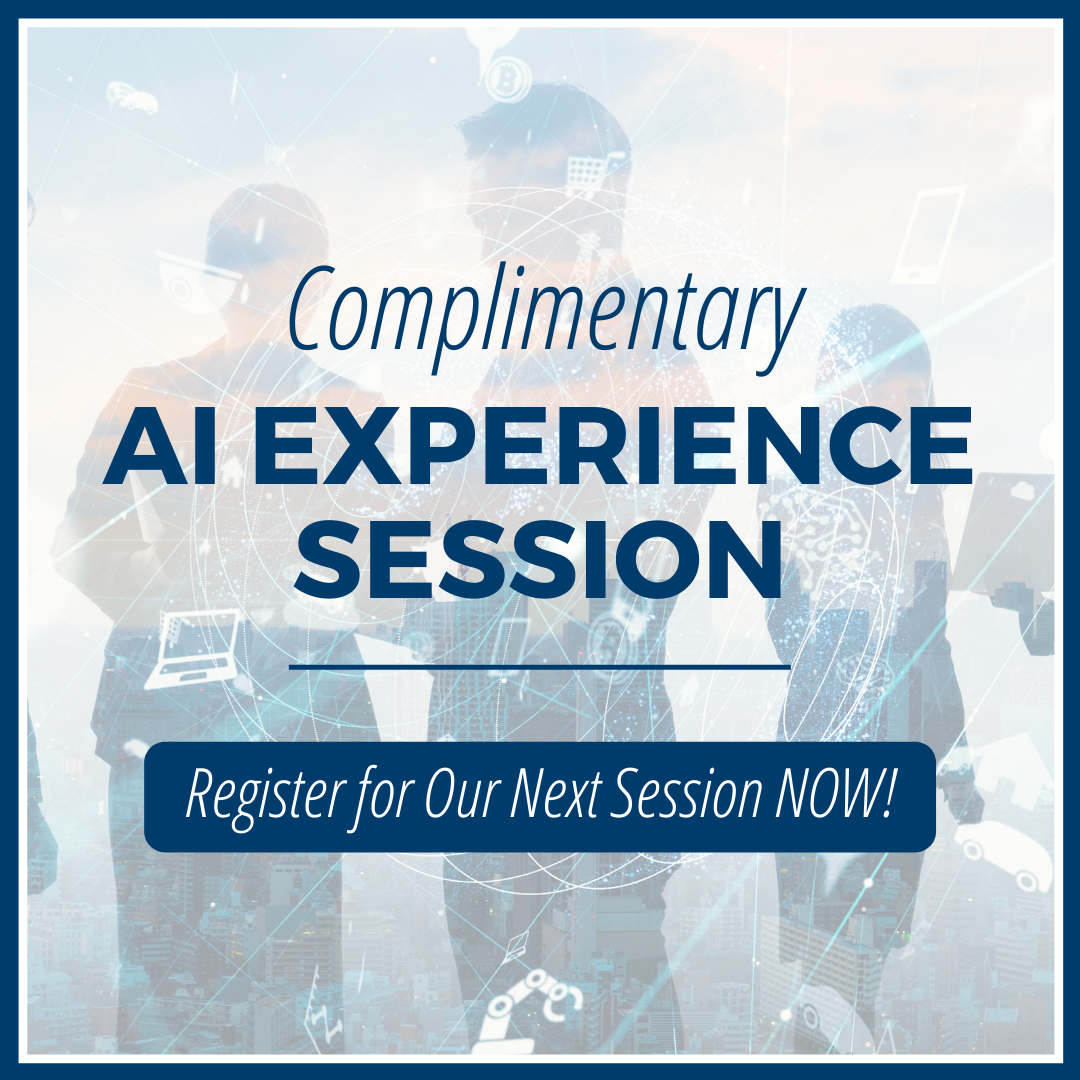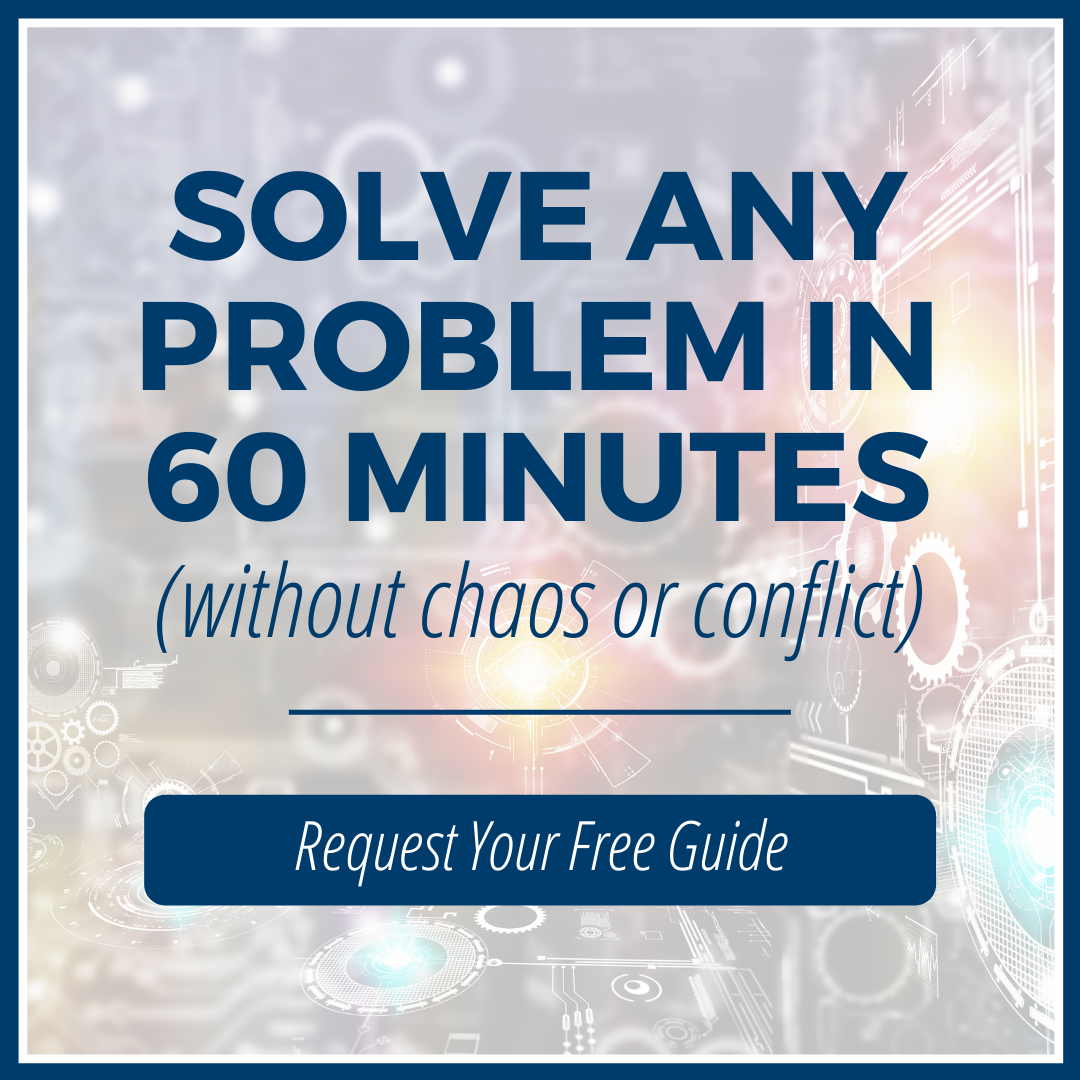Vision is undoubtedly our most treasured senses as expressed in the saying “A picture is worth a thousand words.” We often doodle with designs to explain difficult thoughts. Even the blind are able to develop ‘sight’ through their sense of touch. In its 60-minutes TV series (01/13/2019), CBS presented the story of Chris Downey who lost his vision at age 45 and still became a renowned architect better than when he was sighted; he claimed he had a different kind of vision. And then Microsoft[1] came up with its “Seeing AI” on its touch screen that “lets blind and limited-vision folks convert visual data into audio feedback, and it just got a useful new feature. Users can now use touch to explore the objects and people in photos. It’s powered by machine learning, of course, specifically object and scene recognition. All you need to do is take a photo or open one up in the viewer and tap anywhere on it.”
Another AI marvel that sees is the Automatic Sign Language Translator[2] (ASLT), an avatar that translates English into Sign Language; check out the YouTube in the reference citation below. Still more, Deep Mind can read lips[3]; you will find a second YouTube video also fascinating below.
Presently, there is a serious discussion concerning face recognition and privacy happening across society. AI facial recognition is a reality but its use is a critical topic. It seems important for law enforcement to deal with profiling; however, most people do not want their faces on file for any reason. This is problematic when our driver licenses feature our faces, something we must show when pulled over.
With so much to read especially as a student or legal counselor, we would cherish a resource that could read a pile of documents and then summarize them all with what they mean. AI can do that! A short reading of how AI does this can be found here.
This is fascinating news for anyone under the pressure of getting results out quickly.
These examples of AI vision capabilities are only several of AI machine learning that is created from collected big data, by which data scientists construct computer algorithms for computerized digital functions. Other examples of AI vision functions are understanding written text, pictures, and film scenes, as well as data science such medicine and mechanics.
It is AI’s capability to manage billions of pieces of information that afford data scientists the material to teach computers to recognize patterns in specific collections of data. This is the intelligence of data scientists who embed their intelligence in machines to do such fascinating mechanical marvels. The work of scientists invent marvelous machines in our Fourth Industrial Revolution.
1 https://techcrunch.com/2019/03/12/blind-users-can-now-explore-photos-by-touch-with-microsofts-seeing-ai/
2 https://www.youtube.com/watch?v=bGWrqjElrPQ
3 https://www.youtube.com/watch?v=fFScL-7vWHM




